Species P. sapota | ||
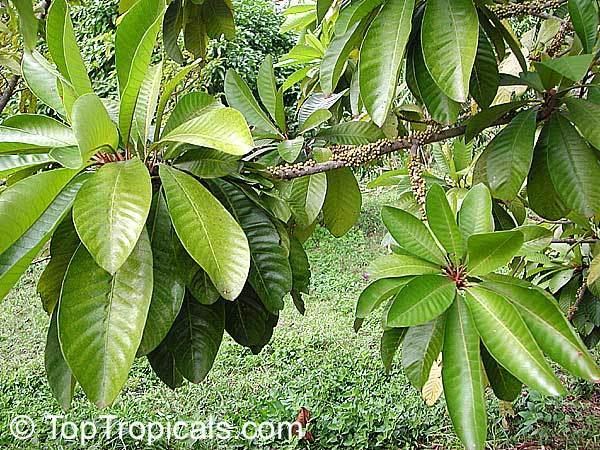 | ||
Similar Sapote, Sapodilla, Black Sapote, White sapote, Star Apple | ||
Pouteria sapota mamey sapote tree with fruit
Pouteria sapota, mamey sapote, is a species of tree native to Mexico and Central America, naturally ranging from southern Mexico to southern Costa Rica, plus Cuba. Today, the tree is cultivated not only in Mexico, but also in Central America, the Caribbean, and South Florida for its fruit, which is commonly eaten in many Latin American countries. Mamey can be found in many Latin American communities throughout the USA, where it is made into milkshakes and ice cream among other things.
Contents
- Pouteria sapota mamey sapote tree with fruit
- How to eat a pouteria sapota chiku mamey sapote
- Description
- Uses
- Nutrition
- References
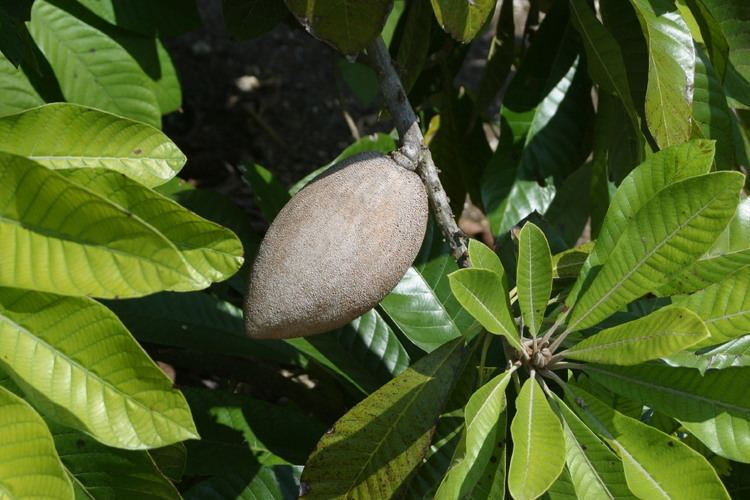
Some of its names in Latin American countries, such as mamey colorado (Cuba), zapote colorado (Costa Rica) and zapote rojo (South America), refer to the reddish colour of its flesh in order to distinguish it from the unrelated but similar looking Mammea americana, whose fruit is usually called "yellow mamey" (Spanish: Mamey amarillo).

The Australian and Queensland Government’s research and development programs have produced mamey sapote in Australia.
How to eat a pouteria sapota chiku mamey sapote
Description
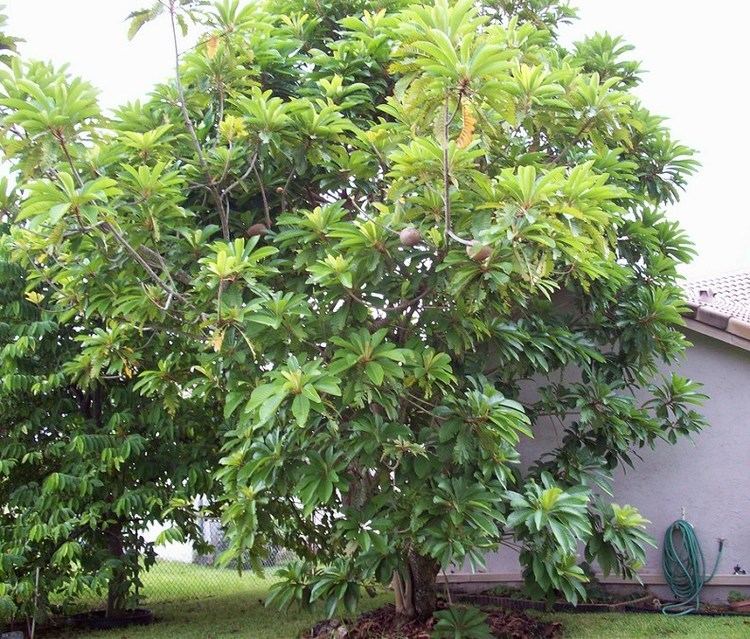
Mamey sapote is a large and highly ornamental evergreen tree that can reach a height of 15 to 45 meters (49 to 148 ft) at maturity. It is mainly propagated by grafting, which ensures the new plant has the same characteristics as the parent, especially its fruit, as it doesn't grow true to seed. It is also considerably faster than growing trees by seed, producing fruit in three to five years, grown from seed needs seven years of growth. In Florida, the fruit is harvested from May to July with some cultivars available all year.
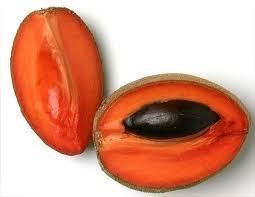
The fruit, technically a berry, is about 10 to 25 cm (4 to 10 in) long and 8 to 12 cm (3 to 4.5 in) wide and has flesh ranging in color from pink to orange to red. The brown skin has a texture somewhat between sandpaper and the fuzz on a peach. The fruit's texture is creamy and soft, the flavor is a mix of sweet potato, pumpkin, honey, peach, apricot, cantaloupe, cherry, and almond. A mamey sapote is ripe when the flesh is vibrant salmon colored when a fleck of the skin is removed. The flesh should give slightly, as with a ripe kiwifruit. The leaves are pointed at both ends, 4 to 12 inches in length and grow in clusters at the ends of branches.
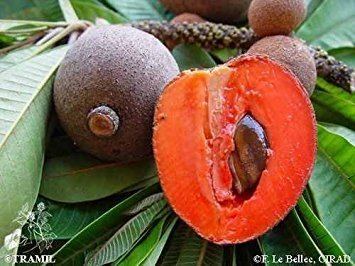
The mamey sapote is related to other sapotes such as sapodilla (Manilkara zapota), abiu (P. caimito) and canistel (P. campechiana), but unrelated to the black sapote (Diospyros digyna) and white sapote (Casimiroa edulis).
Uses
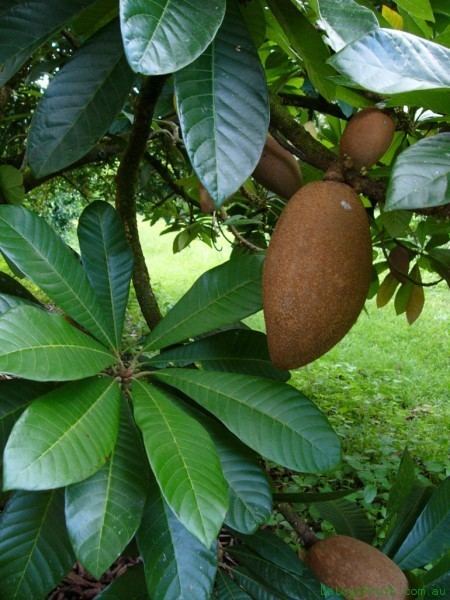
The fruit is eaten raw or made into milkshakes, smoothies, ice cream and fruit bars. It can be used to produce marmalade and jelly. Some beauty products use oil pressed from the seed, otherwise known as sapayul oil.
Nutrition
The fruit is an excellent source of vitamin B6 and vitamin C, and is a good source of riboflavin, niacin, vitamin E, manganese, potassium and dietary fiber. Research has identified several new carotenoids from the ripe fruit.
